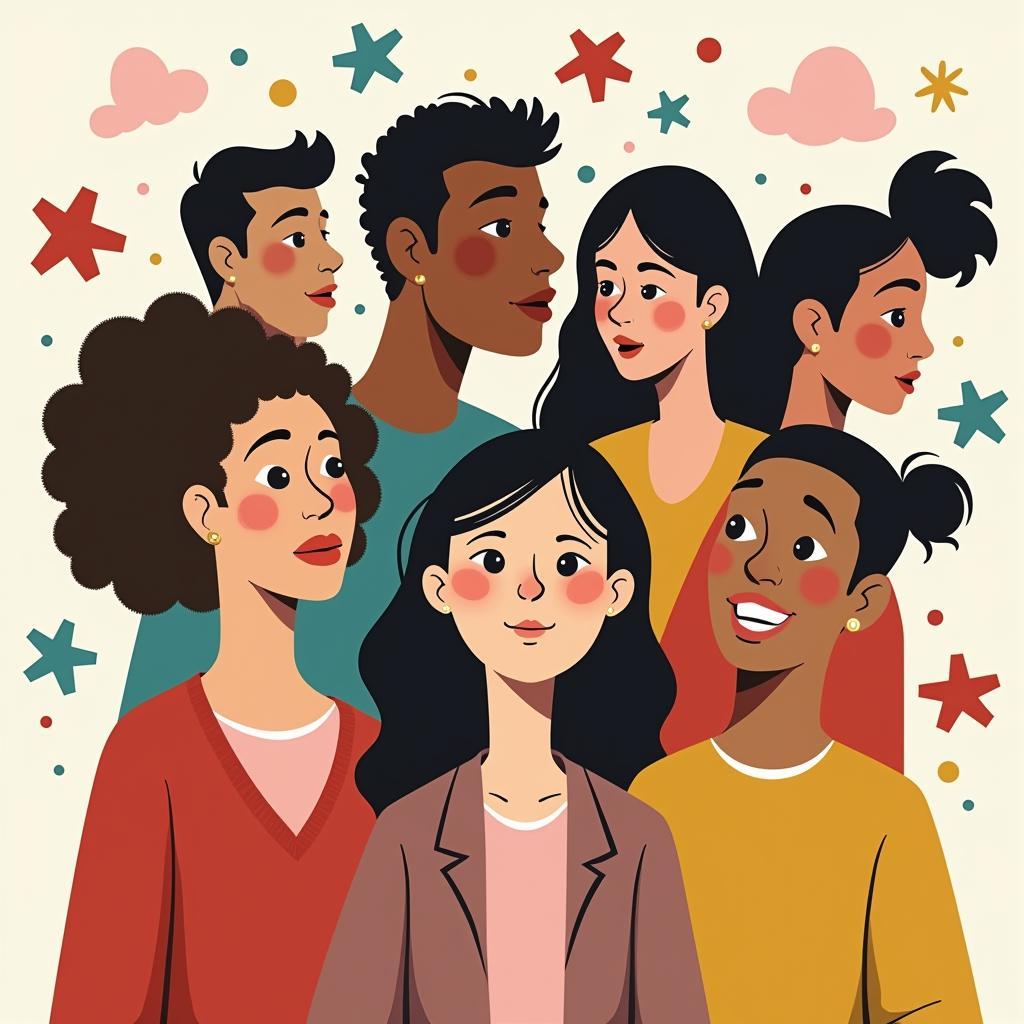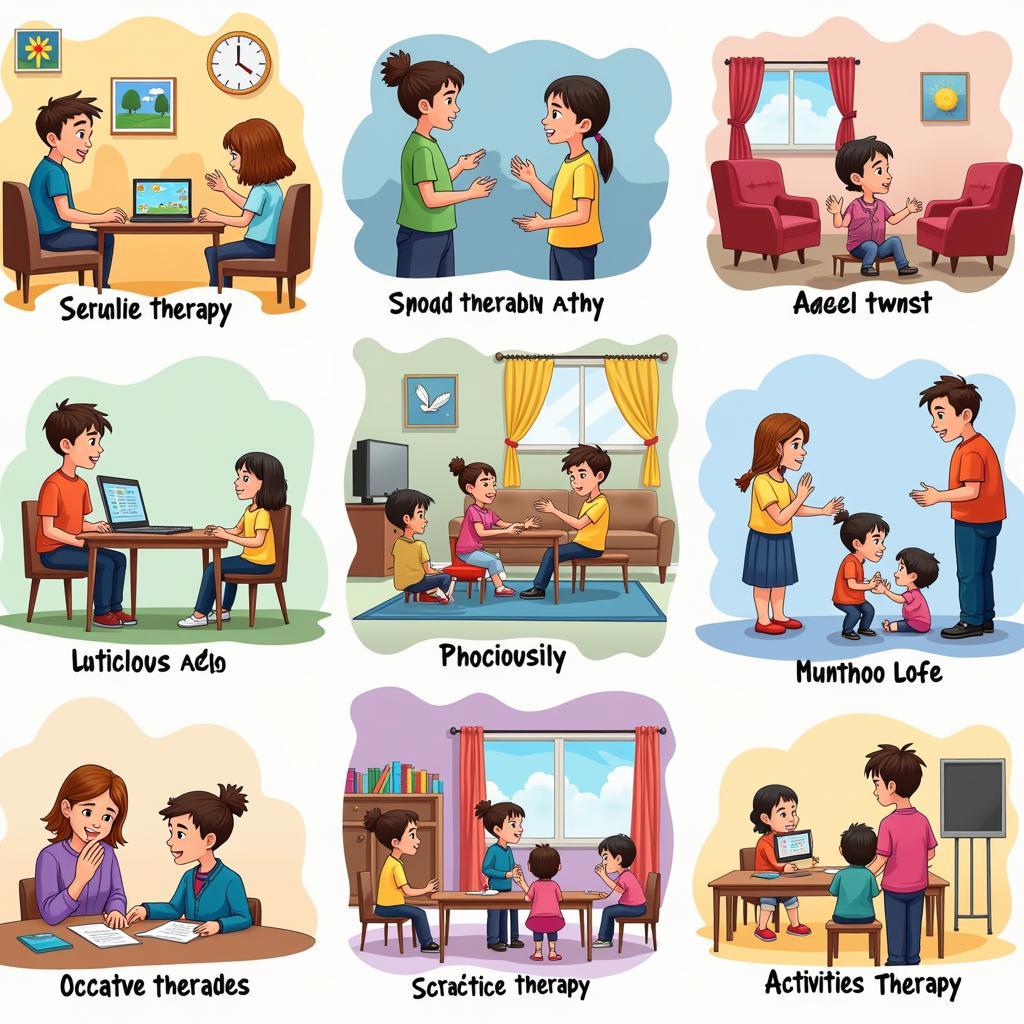The National Autistic Society (NAS) has faced various controversies throughout its history, sparking debate and discussion within the autistic community and beyond. These controversies highlight the complexities of representing a diverse population and the challenges of balancing different perspectives on autism. Understanding these issues is crucial for fostering a more inclusive and supportive environment for autistic individuals.
Understanding the Roots of National Autistic Society Controversy
The NAS, founded in 1962, has been instrumental in raising awareness and advocating for the rights of autistic people. However, its long history has also seen periods of controversy, often stemming from differing views on autism itself. Some controversies relate to the NAS’s stance on certain therapies or interventions, while others focus on representation and internal governance.
The Evolving Understanding of Autism and its Impact on NAS Controversies
Autism is a complex neurodevelopmental condition, and our understanding of it continues to evolve. This evolution has, at times, led to disagreements within the autistic community and with organizations like the NAS. What was once considered best practice might later be viewed as outdated or even harmful, leading to criticism and calls for change.
- Differing opinions on the autism spectrum: The broad spectrum of autism presents challenges for representation and advocacy. The needs and experiences of individuals can vary drastically, making it difficult for any single organization to effectively represent everyone.
- The role of neurodiversity: The neurodiversity movement emphasizes accepting and celebrating neurological differences, including autism. This perspective has sometimes clashed with more traditional views of autism as a disorder needing to be cured or treated.
 NAS Controversy and Representation of Autistic Individuals
NAS Controversy and Representation of Autistic Individuals
Examining Specific Instances of National Autistic Society Controversy
Several specific incidents have fueled controversy surrounding the NAS. Examining these instances provides valuable insight into the challenges faced by the organization and the broader autistic community.
- The “Autism Puzzle” campaign: This past campaign drew criticism for portraying autism as a confusing puzzle to be solved, rather than an integral part of a person’s identity.
- Stances on certain therapies: The NAS’s stance on certain therapies, such as Applied Behavior Analysis (ABA), has been a source of debate, with some arguing that these therapies can be harmful or ineffective.
- Internal governance issues: Like any large organization, the NAS has faced scrutiny regarding its internal governance and decision-making processes.
 NAS Controversy Surrounding Therapies for Autism
NAS Controversy Surrounding Therapies for Autism
Navigating the Future: Building Bridges and Fostering Understanding
Moving forward, open dialogue and collaboration are essential to address the National Autistic Society Controversy and build a more inclusive future for autistic individuals.
The Importance of Autistic Voices in Shaping the Narrative
It is crucial to center autistic voices in discussions about autism and the future of advocacy. Autistic individuals are the experts on their own experiences and should be empowered to shape the narrative and advocate for their needs.
- Promoting self-advocacy: Supporting autistic individuals in advocating for themselves is essential for ensuring their rights and needs are met.
- Creating platforms for autistic voices: Providing platforms for autistic individuals to share their experiences and perspectives is crucial for fostering understanding and promoting acceptance.
 The Future of the NAS and Autism Advocacy
The Future of the NAS and Autism Advocacy
Working Towards a More Inclusive and Supportive Future
The controversies surrounding the NAS highlight the need for ongoing dialogue and collaboration within the autistic community and beyond. By working together, we can create a more inclusive and supportive future for all autistic individuals.
Conclusion
The National Autistic Society controversy reminds us of the complexities of representing a diverse community and the ongoing need for open dialogue and collaboration. By listening to autistic voices, fostering understanding, and working together, we can create a more inclusive and supportive world for autistic individuals.
FAQ
- What is the National Autistic Society?
- What are some of the main controversies surrounding the NAS?
- How has the understanding of autism evolved over time?
- What is the neurodiversity movement?
- How can we ensure autistic voices are heard in the future of advocacy?
Common Scenarios and Questions
-
Scenario: A parent is concerned about the NAS’s stance on a particular therapy.
-
Question: How can I find more information about the NAS’s views on different therapies?
-
Scenario: An autistic individual feels misrepresented by the NAS.
-
Question: Where can I find resources and support for autistic self-advocacy?
Related Resources and Further Reading
- Other articles on our website about autism advocacy and neurodiversity.
- Links to autistic-led organizations and resources.
Call us at 02043854663, email us at [email protected] or visit us at Zone 34, Bac Giang, 260000, Vietnam. We have a 24/7 customer support team.